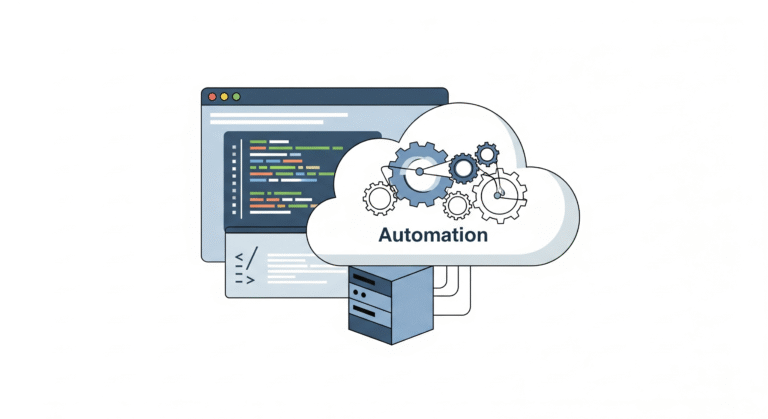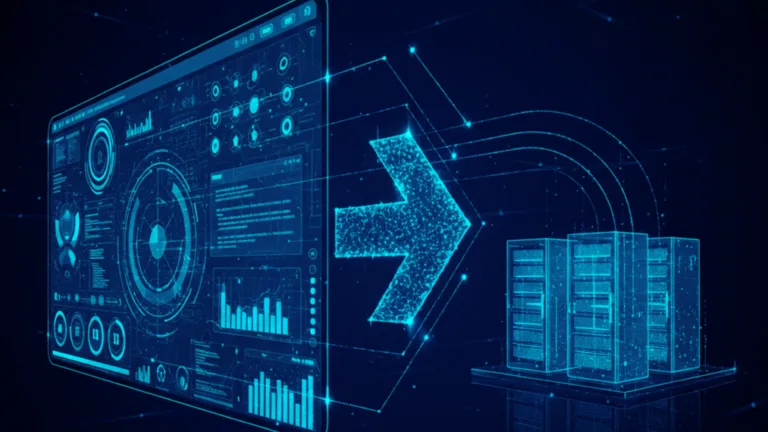Beyond the Breach: Your 2025 Guide to Defending Against Ransomware and Supply Chain Attacks

It feels like every week there’s a new headline about a major cyberattack. For businesses, it’s a constant, low-level anxiety. Two threats, however, have risen above the rest to become the stuff of boardroom nightmares: ransomware and supply chain attacks. These aren’t just random acts of digital vandalism; they are calculated, sophisticated operations designed to cripple a business from the inside out.
As we head deeper into 2025, simply having a firewall and antivirus software is like putting a padlock on a screen door. To truly protect your organization, you need to understand the new playbook these attackers are using. Let’s break it down.
Ransomware’s New Playbook: It’s More Than Just Encryption
Forget everything you thought you knew about ransomware. The classic model of just locking your files and demanding a quick payment is practically ancient history. Today’s cybercriminals have evolved their tactics to apply maximum pressure.
This is the age of “double” and “triple extortion.”
First, they don’t just encrypt your data; they steal a copy of it. This is the “double extortion” threat: pay the ransom, or your sensitive company files, customer lists, and internal emails get leaked online. Suddenly, you’re not just dealing with downtime; you’re facing a massive data breach, regulatory fines, and a public relations disaster.
But why stop there? The most aggressive attackers now use “triple extortion.” They’ll launch a DDoS attack to knock your website offline, directly contact your best customers to inform them of the breach, and even file bogus regulatory complaints against you. Their goal is to create so much chaos and pain that paying the ransom feels like the only way out. This brutal efficiency is powered by the Ransomware-as-a-Service (RaaS) model, which allows less-skilled criminals to “rent” the tools for these devastating attacks.
The Domino Effect: How a Single Supply Chain Attack Can Topple Your Business
While ransomware is a direct assault, supply chain attacks are far more insidious. Instead of breaking down your front door, attackers sneak in through a back window left open by one of your trusted partners.
Think about all the third-party software and services your business relies on—from accounting platforms to cloud providers and specialized industry tools. A supply chain attack happens when an attacker compromises one of those vendors and uses their legitimate access to infiltrate your network.
The infamous SolarWinds breach was a perfect example. Hackers inserted malicious code into a routine software update, which was then unknowingly distributed to thousands of their customers, including major corporations and government agencies. The increasing reliance on open-source code and a sprawling network of vendors means your company’s security is no longer just about what you do, but about the security posture of every single link in your digital supply chain.
Building Your Fortress: Actionable Steps to Mitigate Cyber Threats
Facing these advanced threats can feel overwhelming, but a resilient defense is not out of reach. It’s about shifting from a reactive mindset to a proactive, multi-layered security strategy.
Key Defenses Against Ransomware:
- Embrace a Zero-Trust Mindset: The old motto was “trust, but verify.” The new one is “never trust, always verify.” Assume any user or device could be compromised and require strict verification for anyone trying to access your network resources. This contains a breach before it can spread.
- Invest in Smarter Endpoint Protection: Traditional antivirus isn’t enough. Endpoint Detection and Response (EDR) tools use AI to analyze behavior, spotting the subtle signs of an attack in progress and stopping it automatically.
- Make Your Backups Unbreakable: Your backups are your last line of defense. Ensure you have multiple copies, with at least one stored offline (air-gapped) where attackers can’t reach it. Most importantly, test your recovery process regularly. A backup that doesn’t work is just a waste of space.
- Build a Human Firewall: Your employees can be your greatest asset or your weakest link. Continuous security awareness training and simulated phishing attacks teach them to spot and report threats before they cause damage.
Mitigating Your Supply Chain Risk:
- Vet Your Vendors Rigorously: Don’t just take a vendor’s word for it that they’re secure. Implement a Third-Party Risk Management (TPRM) program that includes deep security assessments before you sign a contract.
- Demand a Software Bill of Materials (SBOM): An SBOM is like a list of ingredients for your software. It tells you every component and open-source library in your applications, so you can instantly identify if you’re affected by a newly discovered vulnerability.
- Enforce the Principle of Least Privilege: If a vendor only needs access to one part of your system, that’s all they should get. Limiting access ensures that even if a partner is breached, the damage to your own network is contained.
- Monitor Everything, All the Time: Implement continuous monitoring across your digital ecosystem. By establishing a baseline of normal activity, you can quickly spot the unusual patterns that often signal a supply chain compromise.
The fight against ransomware and supply chain attacks is a marathon, not a sprint. By staying informed and committing to a robust, layered defense, you can build the resilience your organization needs to thrive in the face of modern cyber threats.
Ready to find out how Marvelous Developments can protect your organization?
As your local tech consultants for NKY and Cincinnati, we can build a strategy that makes sense for you.





